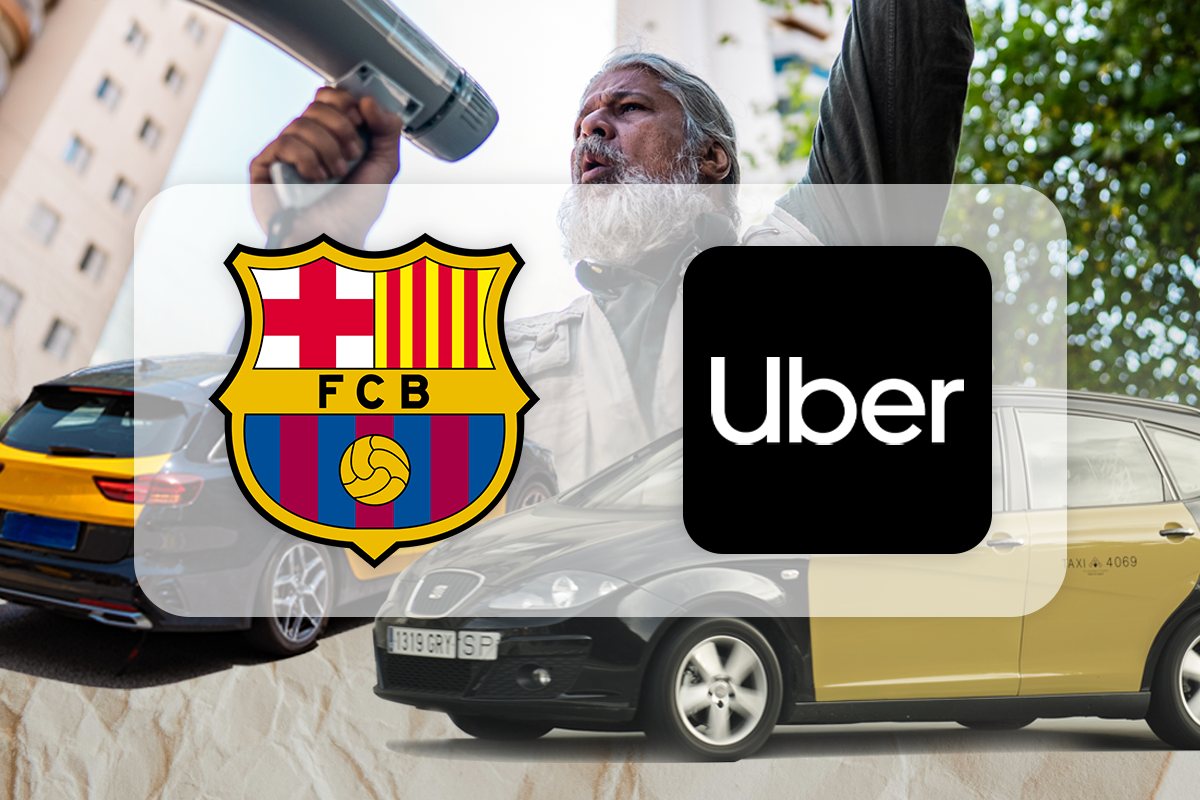
The future of transportation? Understanding Mobility as a Service
In this blog post, we discuss what Mobility as a Service (MaaS) is. We also touch upon its key features, and why it is essential for the future of transportation.
Table of contents
‘Fast-paced’ has become an understated adjective in today’s world. People are not only constantly on the move, but the speed of getting from A to B has become an invaluable currency. Transportation is an integral and essential part of our daily lives.
New technologies and service providers have created the concept of Mobility as a Service (MaaS).
MaaS has the potential to transform the way we move, making it easier, cheaper, and more convenient for everyone.
The state of transportation today
The transportation sector is currently a major source of greenhouse gas emissions and air pollution. These emissions have negative consequences for public health and the environment.
Moreover, traffic congestion is a major problem in many cities. This results in lost productivity, increased travel time, and increased fuel consumption.
The future of transportation needs to be more efficient, sustainable, and accessible to all.
What exactly is Mobility as a Service?
Mobility as a Service is a concept that integrates various modes of transportation. It allows its users to make their journey planning easier. It does this by allowing them to plan, book, and pay for multiple types of modes of transportation through a digital single payment channel.
MaaS offers travellers mobility solutions based on their needs, combining transportation services from both public and private transportation providers.
The service is backed by a unified gateway that creates and handles the trip end to end. Users can then pay for the service via a single account.
The MaaS ecosystem is made up of several stakeholders, including transportation providers, technology providers, and service integrators.
The service integrator is responsible for aggregating transportation services and making them available to users through a single platform.
Democratising access to mobility
eCabs International Business Development Manager Ruslan Golomovzy explains that Mobility as a Service is the first step towards democratising access to mobility for all, across all modes of transport – through technology.
“The integration of various transport modes – public transport, ride-sharing, bike-sharing, car-sharing and private cabs – into a technology offering that is intuitive has been a revolutionary approach to tackling the dominance of the private car and freeing up cities to be used by people, not vehicles.”
We can consider that there are four key aspects to MaaS:
- Convenience
- Sustainability
- Costs
- Access
“Access to mobility is about generating smiles, not miles. It has to be convenient for the end user and create options in how they choose to travel. MaaS must be sustainable through alternative transportation and compete with the use cases of private vehicles. Cost savings should come from optimisation of the various types of transport and providing flexibility for the end-user in planning their routes based on the associated costs. Finally, the accessibility of MaaS through technology allows underserved areas to have equal exposure to the MaaS revolution.”
The democratisation of mobility, alongside the environmental impacts, leads to healthier societies. It also gives rise to better use of the existing infrastructure and the development of more efficient mobility, namely in the micro mobility sphere.
Key features and benefits
One of the key benefits of MaaS is convenience. With a single digital channel, users can plan, book, and pay for multiple types of transportation in a single process.
MaaS also offers travellers the ability to compare transportation options and make informed decisions about their journeys.
A MaaS journey planner can provide different options for getting from one destination to another. For instance, one could combine using public transport and a train.
MaaS provides access to real-time data about transportation options, allowing travellers to make informed decisions about their journeys. MaaS also offers travellers cost savings, as they can pay for transportation services through a single account.
Access to mobility is about generating smiles, not miles. It has to be convenient for the end user and create options in how they choose to travel.
eCabs International Business Development Manager Ruslan Golomovzy
Another key benefit of MaaS is that it can help to reduce the number of private cars on the road. This is because the economic benefit of owning a personal car may be questioned in favour of more reasonably priced on-demand car services.
“Say you buy a private car for extreme case use (the three yearly trips you do to London). This means that it spends more time parked than being used. Then take into consideration the resources required to build the very same vehicle and how those resources could be reallocated to the development and integration of more effective modes of mobility, not to mention natural resources,” Ruslan says.
MaaS can also improve mobility for those who do not have access to a car or who are unable to drive. It provides a more accessible and affordable alternative to traditional transportation options, significantly reducing the cost of transportation for individuals and families. This can benefit low-income households and those with disabilities.
The challenges of implementing MaaS
Although MaaS has the potential to transform the way we move around our cities, it also presents a number of challenges. There are many different modes of transportation, each with their own set of providers, regulations, and payment systems.
Integrating all of these modes into a single platform is a difficult task that requires collaboration and coordination between various stakeholders.
Another challenge is the need for interoperability between different transportation services. Ensuring a seamless transition between two or more services can be challenging, as each service may have its own payment system and user interface.
Moreover, since MaaS involves the collection and processing of large amounts of personal data, there is the need for strong data privacy and security measures.
Who is driving MaaS adoption?
For mass MaaS adoption to work, Ruslan stresses, stakeholders must realise that while the private car has been around for the last 120 years, with our cities redesigned and built for the private car, this is no longer feasible.
Shoehorning a massive societal change in a shorter timeframe is not possible without government involvement, from a regulatory and infrastructural point of view.
“Cities need to plan and develop mobility frameworks that enable MaaS providers to frictionlessly deploy and provide their services to share/gather user data and create a feedback loop with the government to consult and guide on future infrastructural developments. From a B2C standpoint, it is predominantly the under-35s who are driving MaaS adoption. We’re not seeing adoption by the older generation. Furthermore, corporate entities need to be thinking about implementing mobility policies internally to take advantage of the benefits of MaaS and can start doing so by going through a checklist on how to implement a mobility budget.”




